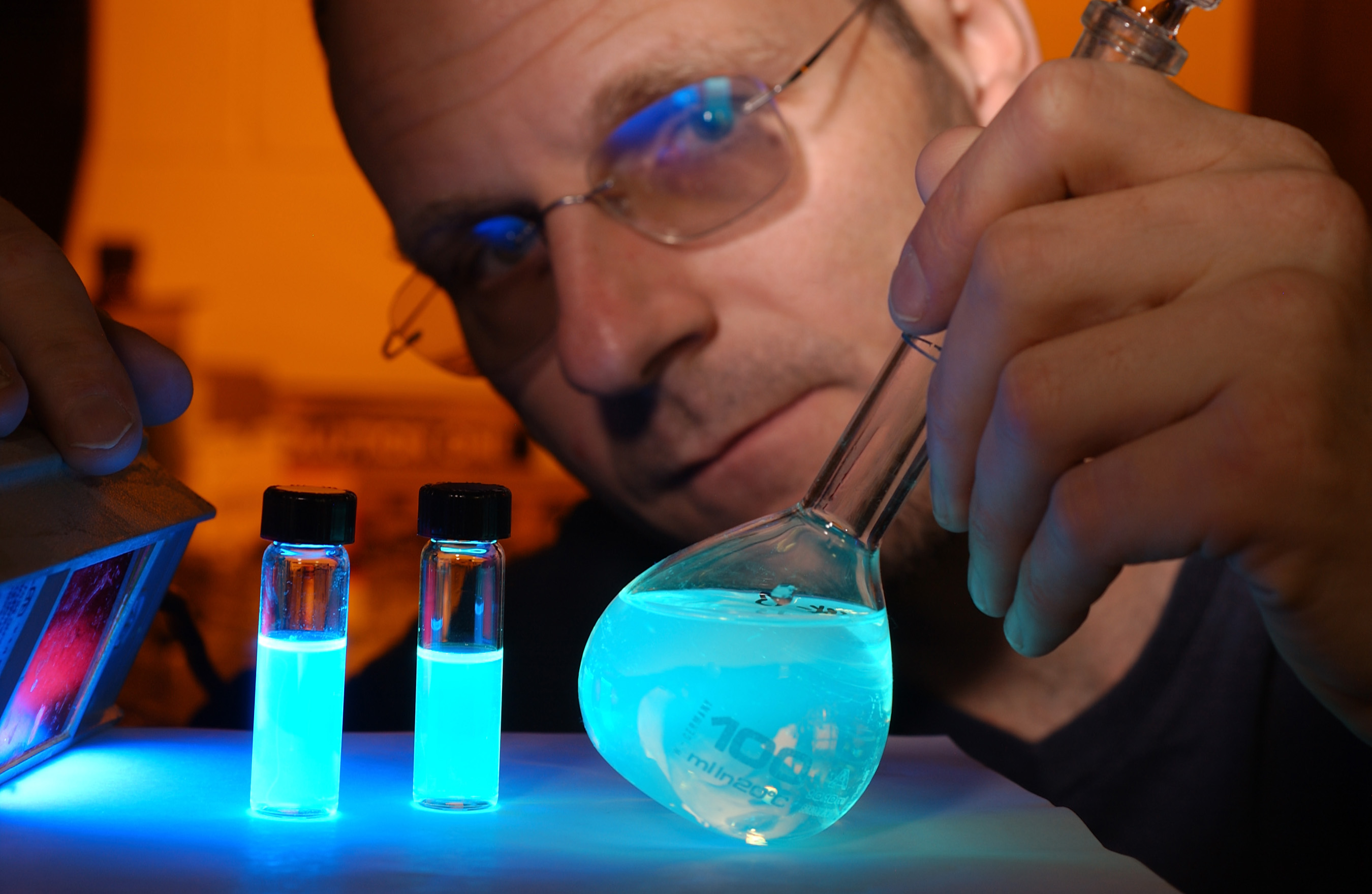Advancing chemical simulant detection

Defence Science and Technology Organisation (DSTO) researchers are co-developing a prototype electronic chemical sensor array to assist Australian Defence Force (ADF) members detect subtle changes in an environment, in real-time.
The initiative stems from an applied research program testing Australian Defence Force (ADF) combat ensemble manufacture, wear and integration, to enhance soldier protection and comfort.
Using a sophisticated environment test facility, DSTO researchers are progressing local and international collaborations as part of the program that will help improve coalition forces’ protection and ability to detect and trace exposure to toxic substances.
The prototype sensor is seen as a next step and potential field application of locally developed miniaturised chemical simulant detection capsules.
“We’re working in a state-of-the-art facility, so we want to optimise the systems embedded in the articulated test manikin,” DSTO researcher Dr Karl Pavey says.
The DSTO's environment test facility can simulate any natural environmental condition that ADF personnel are likely to encounter between -20° to +50° Celsius and is also capable of exposing the manikin to chemical simulant atmospheres.
Dr Pavey says the program commenced in mid-2009 when DSTO commissioned Minifab and Melbourne-based Catapult Sports, to design an improved, miniaturised means of simulant detection for use on DSTO’s test manikin.
Catapult, better known by industry for its work developing athlete tracking technology, produced sufficiently miniaturised electronic instrumentation to fit existing apertures in the manikin, designed for passive absorption capsules.
“Based on chemical colour change, the new system is automated and relies on real-time data that informs us within 60 seconds of when and where on the manikin body exposure to a substance has occurred,” Dr Pavey explains.
“It is complemented by new computer imaging software, designed by Catapult that graphically demonstrates the concentration and spread of exposure under the garment.”
Using the former passive vapour permeation monitoring system, exposure to substances or gases is identified by measuring absorbed compounds contained within the passive test capsule. The former system can provide results within 12 to 24 hours of testing, which is less than ideal and labour intensive, considering the frequent need for multiple testing.
The environment test facility can simulate any natural environmental condition that personnel are likely to encounter...
Dr Pavey says that soon after the environment test facility was commissioned in October 2011, DSTO researchers began calibrating the new automated system with the vapour permeation monitoring system.
The new test capsules are constructed from three parts: a stainless steel cap, an electronics package and a polyvinylidene fluoride barrel which slides into the existing recesses of the manikin and protects the electronics.
The cap contains a doped substrate which changes colour from yellow to purple when it comes into contact with the vapour of chemical simulant methyl salicylate – the preferred simulant for permeation studies.
Colour change is investigated by flashing a specifically tuned LED onto the substrate and collecting the reflected light (a change in colour causes a change in reflectance).
Information from each capsule is sent wirelessly in near real-time to the custom software where data can be immediately analysed.
“Both systems are being tested to compare performance. Other nations still use passive detection and it’s important to know that our new methods match or outperform existing techniques,” Karl says.
Meanwhile, DSTO is working with North Carolina State University (NCSU) and Catapult, to further modify the existing manikin sensor network.
Dr Nick Fitzgerald is coordinating DSTO’s work with NCSU and says that simulant permeation testing in the United States is conducted with volunteer soldiers – referred to as man-in-simulant (MIST) tests, ‘which still employ passive test methods.’
“NCSU was referred to DSTO to develop real-time electronics. Therefore, it’s important that the sensor electronics can be flattened and worn during testing as a patch on the skin, or as part of a garment next to the skin,” Dr Fitzgerald says.
The collaboration, funded by the United States’ Department of Defense Technical Support Working Group, aims to develop the flattened electronics ‘badge’ and redefine the United States’ MIST test standards, introducing a real-time data capture element.
“This information will help in the design of future protective clothing ensembles,” he says.

